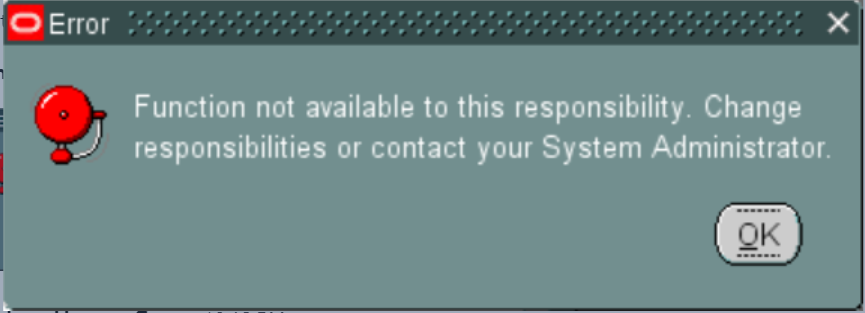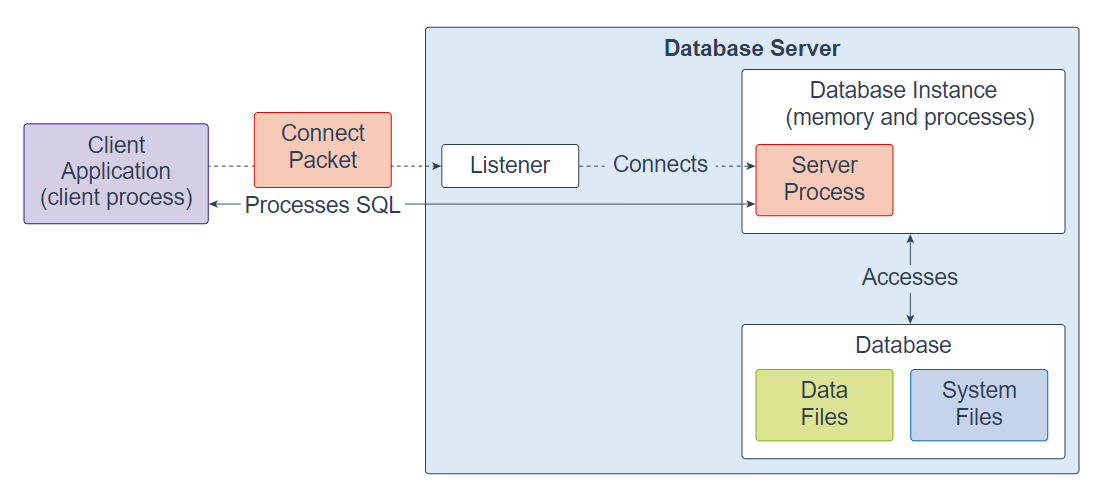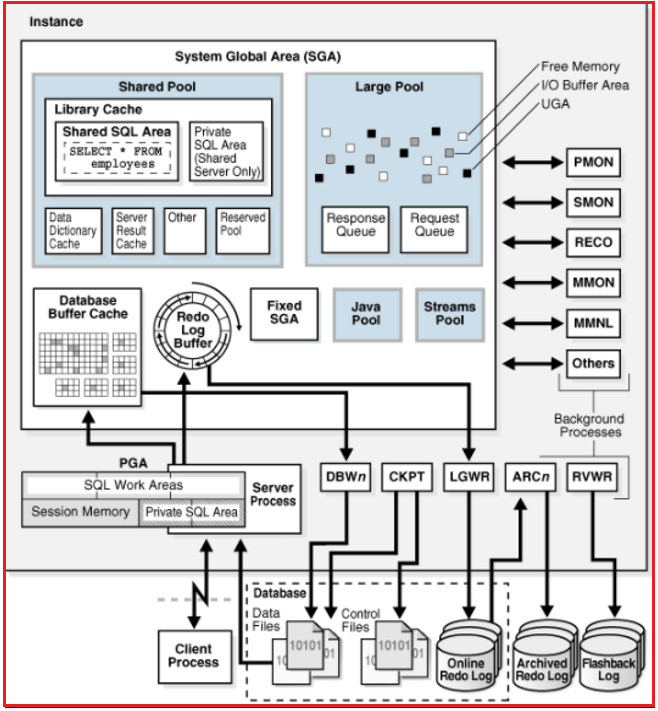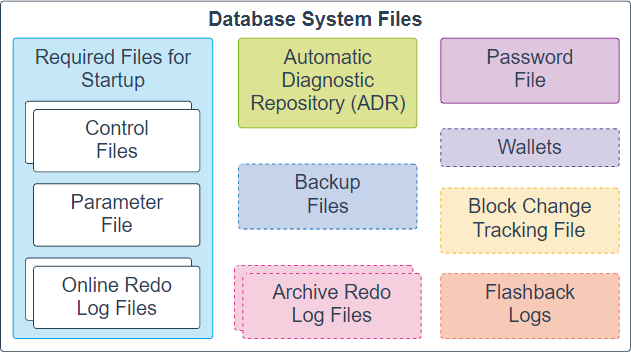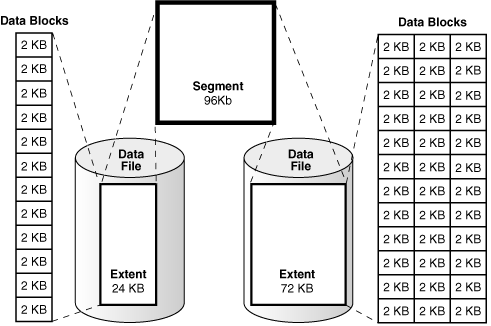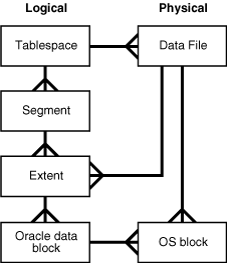Getting Function not available to this responsibility. Change responsibilities or contact your System Administrator Error while selecting responsibilities in EBS Home page.
Solution :
Step 1. Check if the issue only happens on custom responsibility.
If so, review your Custom responsibility and corresponding menus against the seeded menu.
System Administrator (R) > Security (N) > Responsibility: Query your Responsibility; The menu used will display.
You can query the same on the seeded responsibility and compare.
Step 2. The issue also occurs on the seeded responsibility.
Is it occurring on All functions or just one particular function?
2. a. All/Many functions:
Set the value of the following profile options :
- Hide Diagnostics Menu entry (set to No )
- "FND:Diagnostics" (set to Yes ).
- Utilities: Diagnostics ( set to Yes ).
Ref:(Note 947656.1 Note 1200743.1) .
Bounce mid-tier with clear cache as necessary, log out and test again.
2. b. The issue only happen to one function: (Case of "Email Quote")
e.g. Service Contracts (R) : Launch Contract (N) : Open a contract :
- Tools (N) > Email Quote
OR - Summary (T) > Renewal sub-tab : Email Quote (B)
Error: "Function not available to this responsibility. Change responsibilities or contact your System Administrator."
i. lookout for the parameters attached to the button during the process.
In this particular case, On an environment where the issue does not occur, the button opens a page:
http......./OA_HTML/RF.jsp?function_id=1032467&resp_id=21708&resp_appl_id=515&security_group_id=0&lang_code=US¶ms=Sc...
Here are the parameters
function_id=1032467 ----->this is the function to check
resp_id=21708
resp_appl_id=515
security_group_id=0
An FND log will also show these if you do not have a working environment.
ii.Track the Function
- Track confirm the responsibility:
Run the following SQL: select * from FND_RESPONSIBILITY_TL where responsibility_id ='21708' -- Service Contracts Manager, Vision Enterprises
- Query the Responsibility:
There are chances that the function has not been granted or the menus are not recompiled.
System Administrator (R) Security (N) > Responsibility: Query your Responsibility
- Query the Responsibility:
There are chances that the function has not been granted or the menus are not recompiled.
System Administrator (R) Security (N) > Responsibility: Query your Responsibility
The menu used will display
- Query the Menu
Menu (N) : Query the Menu OKS_MANAGER_TOP_LEVEL_MENU_R12 (This is the OKS Manager Menu for R12 Service Contract)
- This Function belongs to a Menu or sub-menu of OKS_MANAGER_TOP_LEVEL_MENU_R12.
Under the Tree display (B) scan for your function_id OR in this case,
look for Contract Administration Menu> the Sub-Menu name is: OKS_REN_WB_PAGE_MENU > The function name is OKS_EMAIL_FUNC (Email customer Page)
You can also navigate as follow:
OKS_MANAGER_TOPLEVEL_MENU_R12
> OKS_CONTRACTS_ADMIN_R12
> Submenu: OKS Renewal Workbench Home Menu
> Function: Email Customer Page
2. c. Grant the function to the sub-menu, Save. Retest.
Step 1 and 2 did not resolve my issue when I Recompiled the Menu then it worked for me .
Step 3. (Optional) Reset the Menu.
If Steps 1 and 2 did not resolve the issue then,
- Recompile the Menu,
- Bounce Apache with Clear Cache option,
- Log out and retest.
OR
Responsibility: System Administrator
Navigation: Profile > System
1. Set the following two profiles at User level only for the user attempting the trace:
Utilities:Diagnostics
Utilities:SQL Trace
To access Examine without a password, have your DBA set profile Utilities: Diagnostics = Yes To generate a trace file without supplying the APPS password, have your DBA set profile Utilities:SQL Trace = Yes Log back in as that user and attempt to set the trace
OR
2. Include submenu 'FND Diagnostics Support' to the responsibilities menu.
User might have attempt to set the trace.
Doc ID 1498737.1 for your reference .
